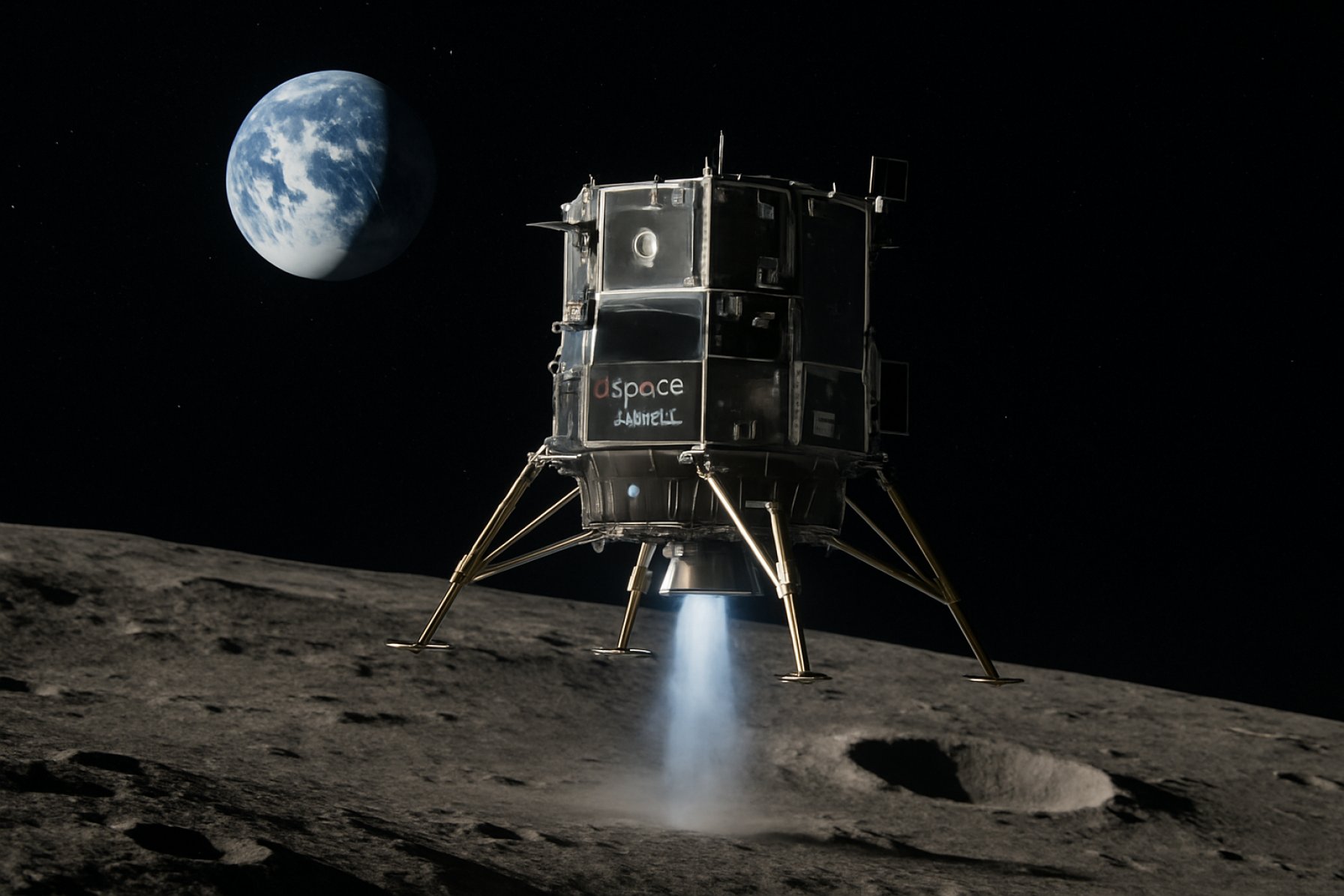The Moon Landing Race Heats Up: Japan’s ispace Targets Historic Touchdown and Lunar Resource Deal in 2025
ispace’s Resilience lander eyes a historic moon touchdown, igniting Japan’s bold ambitions in space commerce and lunar colonization.
- 1st Non-U.S. Company to attempt controlled lunar landing in 2025
- $16M worth of payloads on board
- 7 missions planned through 2029
- Shares up 60% YTD for ispace
Japan’s private space startup ispace is set to make history with its “Resilience” lunar lander, aiming for a controlled moon landing that could rival recent achievements by U.S. space players. If successful, ispace will snatch the title as the first non-U.S. company to accomplish a commercial lunar touchdown—a move that could transform Japan’s role in the booming space industry and fire up its ambitions for future lunar habitation.
What Makes ispace’s Moon Mission Different?
ispace’s new lander, “Resilience,” orbits just 100 km above the lunar surface, packed with cutting-edge Japanese technology and a tiny but mighty rover. Their mission: to land on Mare Frigoris, near the moon’s north pole, and gather valuable regolith samples.
Unlike prior attempts that stumbled, Resilience boasts upgraded navigation software and lessons learned from its 2023 crash, when a descent miscalculation sent their first attempt plummeting. Now, partnered with international backers and loaded with $16 million in scientific instruments, ispace wants to not only land, but kick off the first-ever commercial sale of lunar materials, transferring them to NASA for research.
Who’s Racing to the Moon—and Why Now?
Intuitive Machines and Firefly Aerospace, both American companies, have recently nailed successful private landings. But with state-backed missions by China and India ramping up, the moon is primed for a new space race—this time with commerce at its core.
Japan is going all-in. The government has bet big on lunar exploration, aligning itself with the U.S.-led Artemis program to eventually send Japanese astronauts and a Toyota-designed rover to the moon. The country’s first-ever lunar landing via JAXA’s SLIM mission set the stage in 2024, sparking a tidal wave of public and private investment.
Q&A: Will ispace Ignite a Space Boom in Japan?
Q: What’s at stake with this landing?
A: Success would boost confidence in Japan’s space tech, draw investor attention, and open the door to lunar business—from mining to space construction.
Q: Are major Japanese companies involved?
A: Yes. From Citizen Watch’s titanium to Suzuki’s design expertise, a host of Japanese industry leaders are fueling ispace missions. Construction giants and universities are also eager collaborators, seeing vast potential on the moon.
Q: How are investors reacting?
A: ispace’s stock soared 60% in 2024, reflecting intense excitement and the broader “space startup” fever sizzling in Tokyo’s financial scene.
How Could ispace Change the Future of Lunar Exploration?
ispace dreams big. The company plans seven more missions by 2029, eyeing a permanent lunar outpost with 1,000 residents by the 2040s. This vision includes using lunar water, constructing habitats, and making the moon a stepping stone for deeper space travel.
The Japanese government backs this ambition with a multibillion-dollar space fund and new agreements with NASA, ensuring future Artemis missions spotlight Japanese technology and talent.
With Friday’s planned landing, the world is watching. If Resilience touches down successfully, Japan will secure a coveted spot among the moon’s commercial pioneers—and set the stage for a transformative era of lunar commerce.
Don’t Miss the Next Chapter in Space!
- Watch for ispace’s Resilience landing on Friday (4:17 a.m. JST)
- Follow breaking developments from JAXA, NASA, and ispace
- Track ispace’s share performance and new mission announcements
- Learn how Japan’s businesses are powering the next era of lunar exploration











